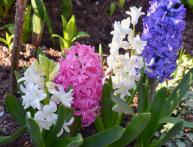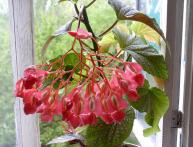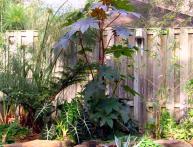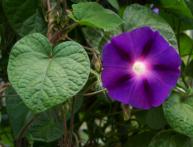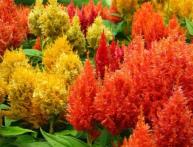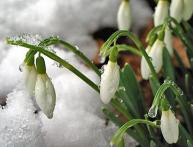Growing gerbera from seeds in greenhouse conditions

Those gardeners who decided to implement growing gerbera from seeds, often face various problems regarding the rules for maintaining this plant.
In recent years, gerbera has been gaining increasing popularity both as a beautiful perennial cut crop in closed ground and as a potted indoor flower. Miniature forms of gerberas are in greatest demand.
Gerbera gerberas are usually grown from seeds in greenhouse conditions, since it is not easy to preserve an already grown flowering specimen at home. This culture is very capricious, requires a special substrate and a certain microclimate.
Gerbera is a very plant photophilous, at the same time, young leaves in spring and summer may suffer from too bright sun. Therefore, those gerbera plants that are kept on southern windows need to be shaded.
Industrial conditions produce flowering gerbera bushes, usually under artificial lighting, since flowering is very dependent on the length of the day. The growth and development of gerberas is negatively affected by temperatures above 30 and below 8 degrees, and dry indoor air.
Best substrate for gerberas - high-moor sphagnum peat, the acidity of the soil solution is in the range of 5 - 5.5.
The roots of gerberas are very sensitive to the presence of oxygen in the soil and the concentration of fertilizers in fertilizing. The plant suffers from excess calcium, manganese, and phosphorus, which can cause burn spots to appear on the leaves.
Young bushes can stop growing due to iron deficiency, so iron chelates are regularly included in fertilizing for industrial cultivation, which turns young leaves light yellow. Gerberas should only be watered with settled, soft water that excludes the presence of chlorine. The same applies to fertilizers.

